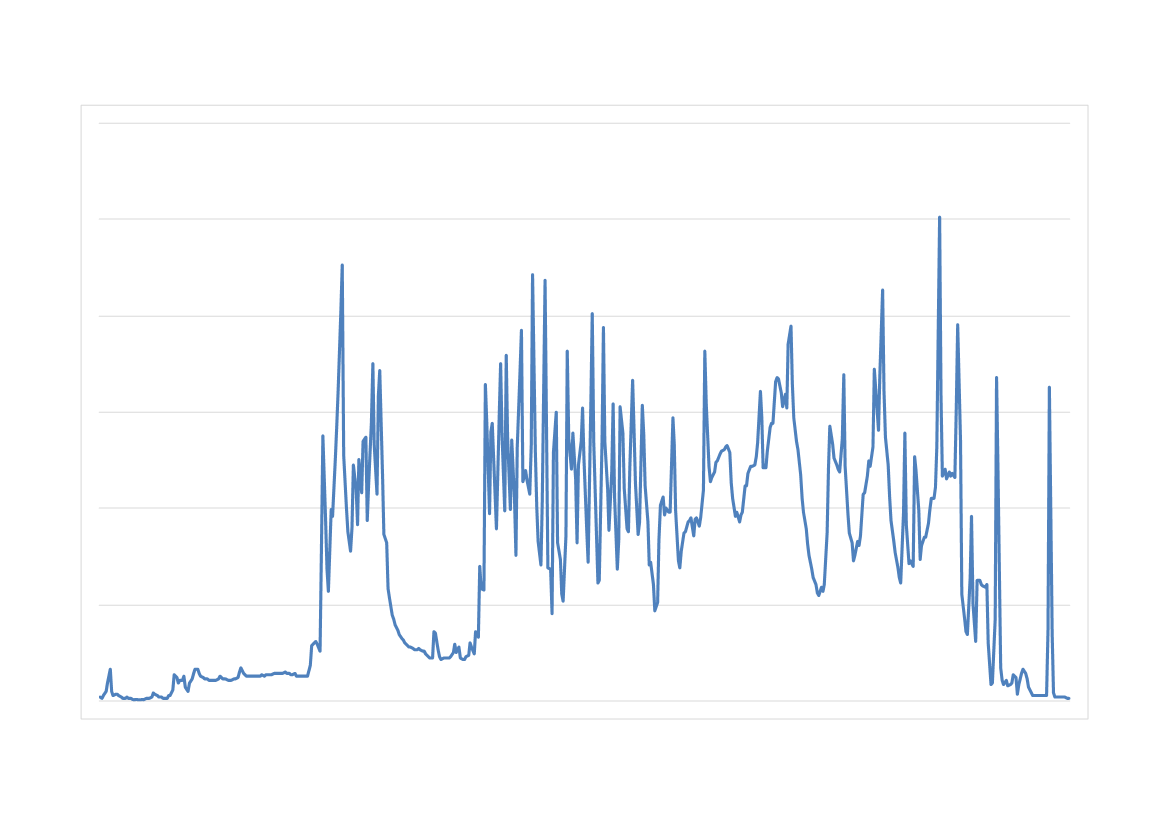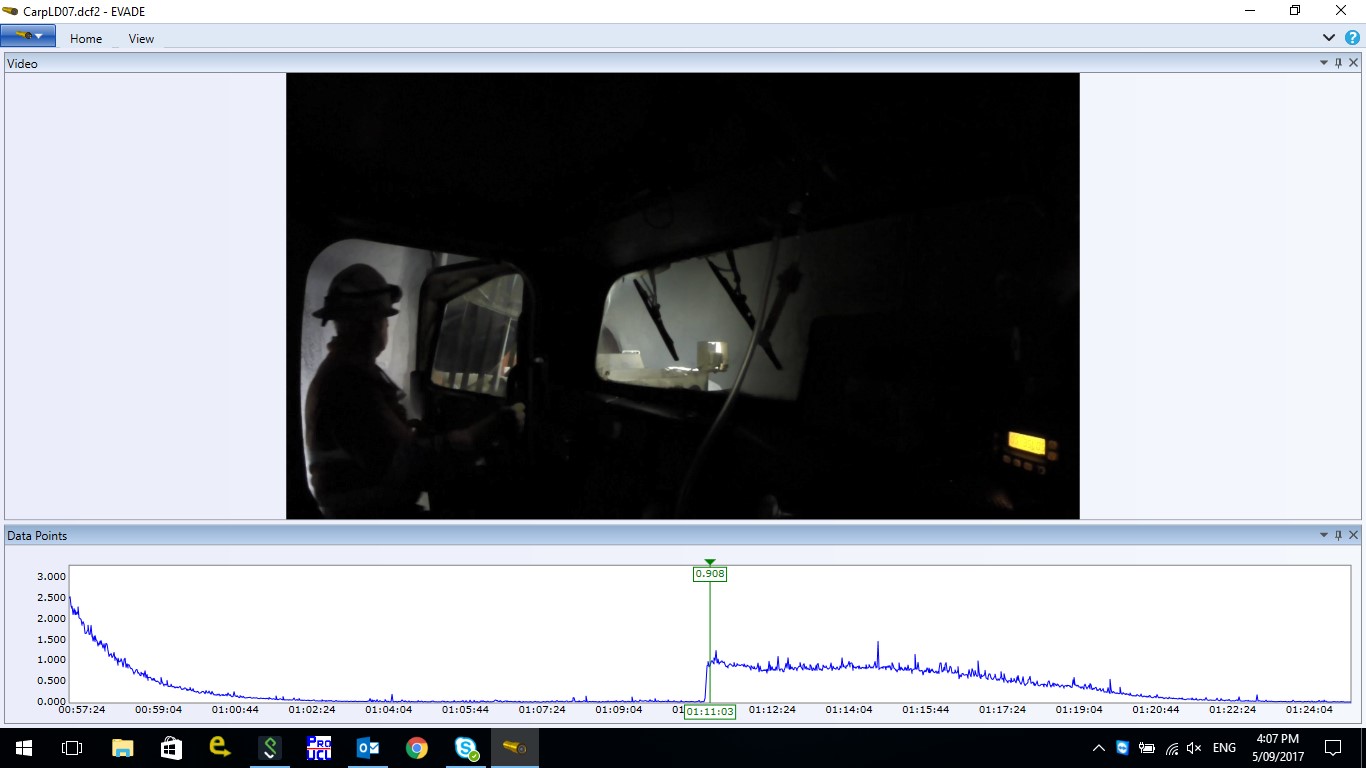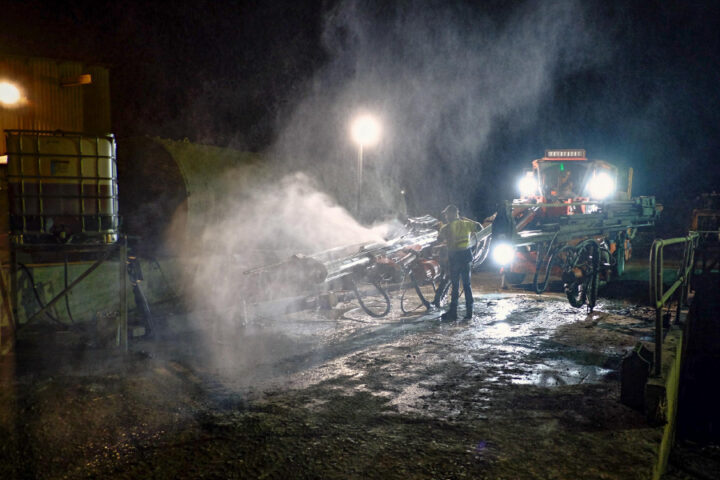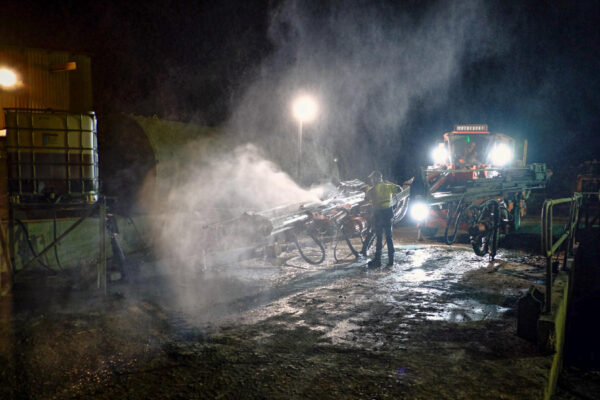GCG’s Senior Consultant in NSW Peter Knott will be contributing to the NSW Regional Safety Conference & Expo. Peter will be a providing insight as part of the occupational hygiene panel during the conference.
As part of being involved with the conference, Peter has written an original blog on occupational hygiene.
The traditional image of an occupational hygienist involves attaching air pumps and sampling heads to workers to wear during their shift, sending samples to a laboratory and a week or so later receiving the results. These methods have typically served us well, and for evaluating long-term risks or compliance, they are internationally established as best practice. But long-term risk or compliance monitoring is not the only reason why personal exposure monitoring may be conducted. Evaluating the sources and the relative contribution of these to a person’s exposure or investigating the relative improvement from implemented control measures are other reasons to perform exposure assessment. For these applications, direct reading, near real-time or real-time instruments can provide indications of short-term fluctuations in exposure but are often used on their own and the results lack context. For example, a record of 1minute submicron particle concentrations experienced by a miner is shown in the graph below.
Figure 1: <800nm Particle Concentrations in an underground gold mine
Faced with this data, How do you identify the sources and situations responsible for the peaks? Are these due to interactions with high emitting equipment? behaviours such as idling vehicles or leaving doors/windows open? Are there common sources of exposure or is this indicative of general area contamination? Combined with the ready availability of action video cameras, software solutions such as EVADE1 which combine real-time data and synchronised video are now capable of answering the questions above. More importantly, when these files are reviewed the employees involved can enrich the interpretation with additional context. Aside from the interpretation, recent work2 by NIOSH has demonstrated employees involved in these investigations are more motivated to learn about dust exposures and consequences and have changes in attitudes and perceptions around exposure controls. After reviewing the results, individuals are likely to recognise instances where high exposures are possible, then modifying their behaviour to see if exposures are altered as a result of their actions, essentially performing mini exposure assessments.
Figure 2: EVADE 2.0 application in an underground loader measuring <800nm particle exposures
Whilst these concepts have been recently explored with EVADE, the implementation of the NIOSH Personal Dust Monitor (PDM) to underground coal mines in 2008 was associated with increasing the ability of coal miners to modify their behaviours3. These activities were examined through a Health Promotion model, which showed that specific determinants of individual health beliefs can be modified by the provision of timely information. The PDM provides a cue to action giving an immediate signal to the wearer of a potential overexposure, something a conventional dust sampling arrangement is unable to do. Since the wearer has immediate feedback they are able to learn which behaviours, locations or actions are associated with increased dust exposure. Over time this broadens their understanding and awareness of dust issues, which leads to a lowered health risk.
Advances in measurement and imaging technology coupled with easy to implement software applications have enabled today’s occupational hygienist to collaborate with workers in ways that were never before possible. We are now able to transfer our observations and knowledge of health risk to those directly affected in an engaging visual manner. Conversely, were are able to gain insights into the whys of occupational exposures directly from those performing work. This collaborative approach leads to control strategies built from both sides, building capability and understanding in the workforce, which leads to a sustainable model of control, and as an end result of this, a lowered health risk.Bibliography
- Guidelines for performing a Helmet-CAM respirable dust survey and conducting subsequent analysis with the enhanced video analysis of dust exposures (EVADE) software adobe PDF file. In: Reed WR, Kwitowski AJ, Helfrich W, et al., eds. Report of Investigations 96962014.
- Haas EJ, Cecala AB, Hoebbel CL. Using Dust Assessment Technology to Leverage Mine Site Manager-Worker Communication and Health Behavior: A Longitudinal Case Study. Journal of progressive research in social sciences 2016;3(1):154-67. [published Online First: 2016/01/26]
- Peters R, Vaught C, Hall E, et al. Miners’ Views About Personal Dust Monitors. Information Circular. Pittsburgh, PA: Department Of Health And Human Services, Centers for Disease Control and Prevention, 2008.


